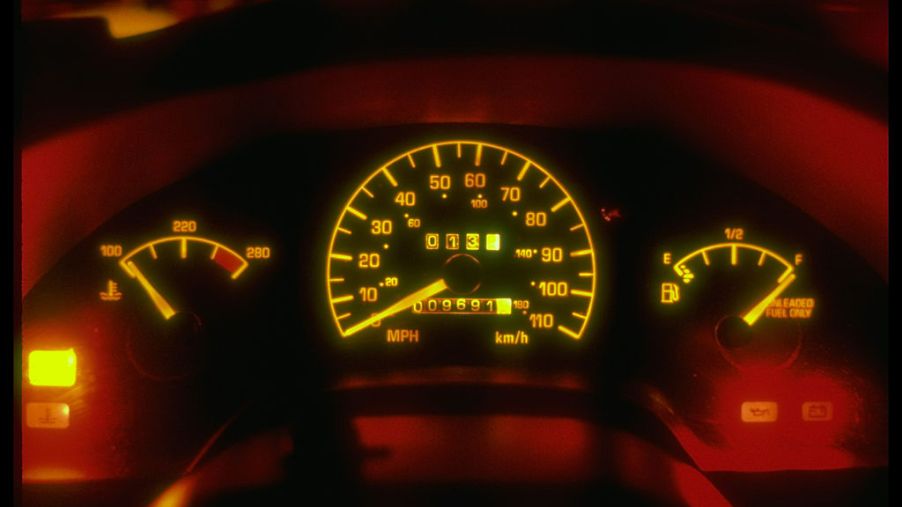
What Does It Mean When the Dashboard ABS Light Is On?
One of the best features a car has is the dashboard’s warning light system, which alerts us to potential hazards. When an issue happens, you’re notified ASAP before any major repairs creep up. One light you may see involves the ABS or anti-lock braking system. This light is connected to your anti-lock brakes and monitors their performance.
Depending on the car, the ABS light itself can clue you in on the issue. Sometimes, the light will illuminate briefly and go off; other times it may stay on. Some cars even have a warning light that blinks a specific code for troubleshooting. But, it’s not always easy to figure out. Here, we’ll explore how anti-lock brakes work and how they’re different from conventional ones. This will make the troubleshooting phase easier to tackle.
What are anti-lock brakes?
Standard brakes slow down or stop the vehicle when you put pressure on the pedal. However, when the road’s surface is slippery from rain or ice, braking may cause you to slide and lose control. You risk colliding with another car in the opposite lane or you could run into an object on the side of the road, like a guardrail.
With anti-lock brakes, the system monitors the wheels’ movements. If they hit a slippery spot on the road, or if you have to slam the brakes, the system will detect it and act accordingly. The brakes will pulsate over 100 times per second to give you constant traction so you don’t lose control. One of the best ways to combat dangerous winter roads is having this anti-lock braking system.
In most vehicles, the anti-lock brake system will shut off, but the brakes will continue to work like standard ones if one part of the ABS structure isn’t working. They’re designed to do this to keep you safe from defective brake components.
Should this situation occur, you’re safe to continue driving until the problem gets fixed as long as the brake pedal is functional and doesn’t sink. You may have to do without traction or stability control if that’s the case, because they rely on the ABS brake system.
Troubleshooting the ABS light
The ABS light will come on in two situations. First, it illuminates to test the light, usually when the vehicle starts up. Second, it turns on when there’s a problem within the braking system. Some issues require a professional while others you can handle yourself.
Issues you can do yourself
Sometimes the ABS light comes on when the braking fluid is low. Check your owner’s manual for the location of the reservoir and specifications of the fluid you should use. Follow the manufacturer’s instructions for adding braking fluid properly.
Check the ABS fuse, which you can find in the fuse panel underneath or near the dash. Your car’s manual can help you locate the panel and fuse. A bad fuse will have a blown appearance. If you’re unsure, you can try replacing the fuse anyway to see if the light goes away.
ABS light issues a professional should handle
If you have the right device, you can check for a diagnostic code. This will enable the light to blink a certain number of times allowing you to compare it to a chart of error codes. Without this tool, a professional needs to run a diagnostic test for you.
There may be a problem with the braking system’s control unit or pump. A mechanic can evaluate the condition and ensure there isn’t any debris or rust causing the issue. They will make sure everything connects properly and there’s nothing loose that’s causing a misfire.
Wheel sensors can also be the culprit. Have your mechanic check the sensors to make sure they’re clean and working properly. You can do this yourself if you feel confident in locating them on each wheel. If they need tightening, though, a mechanic can do it without compromising the brake system’s safety.
Anti-lock brakes are the first step into a future of safety features designed to make driving safer. ABS warning lights will help you stay on top of your car’s braking performance so you can avoid major repairs or accidents down the road if you leave the warning unchecked.


